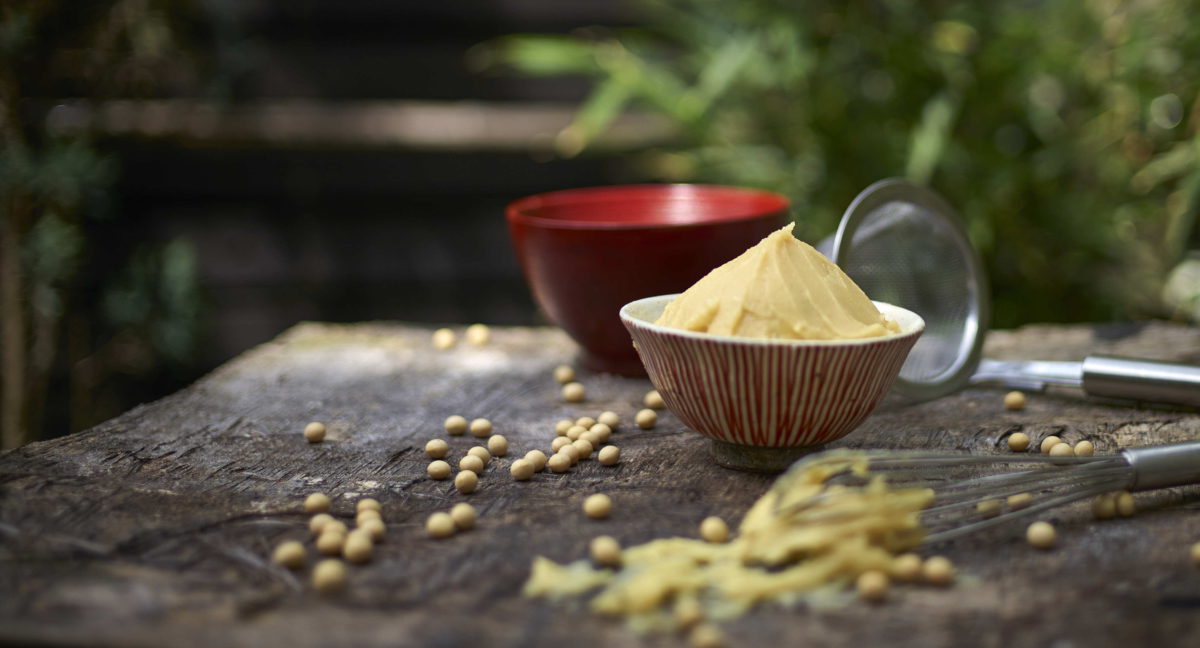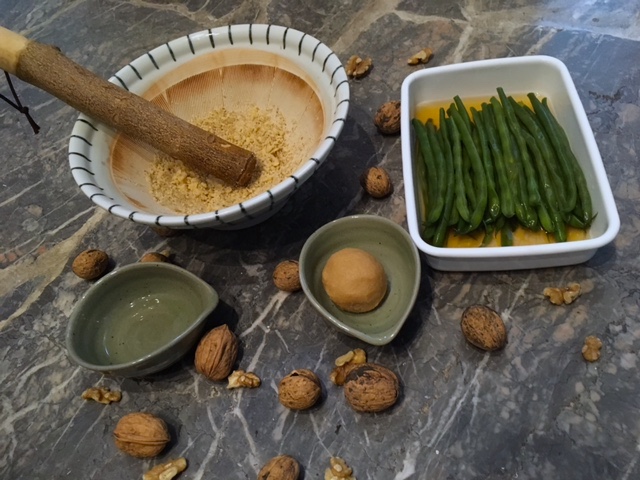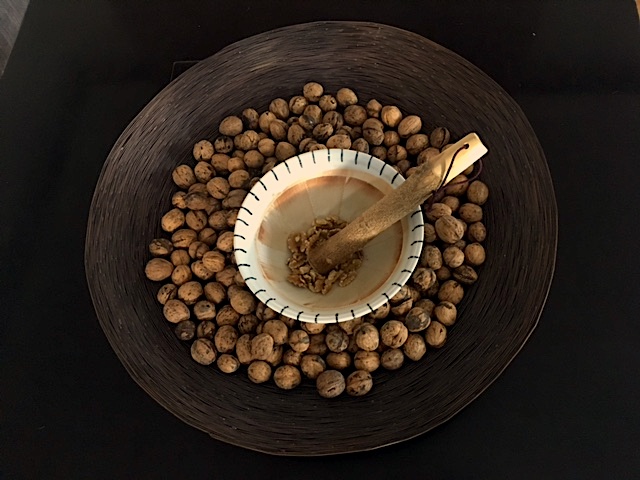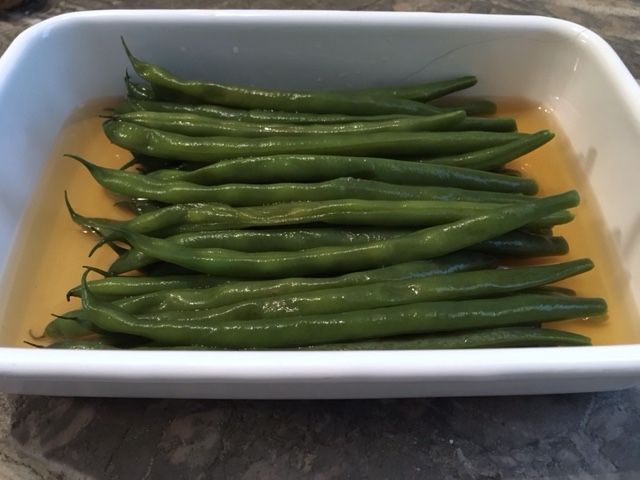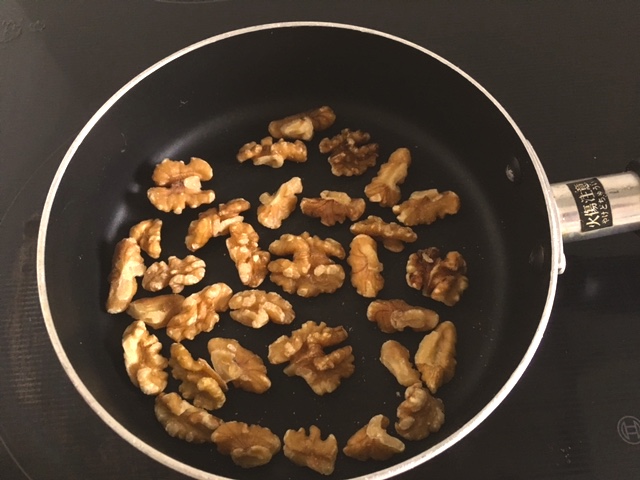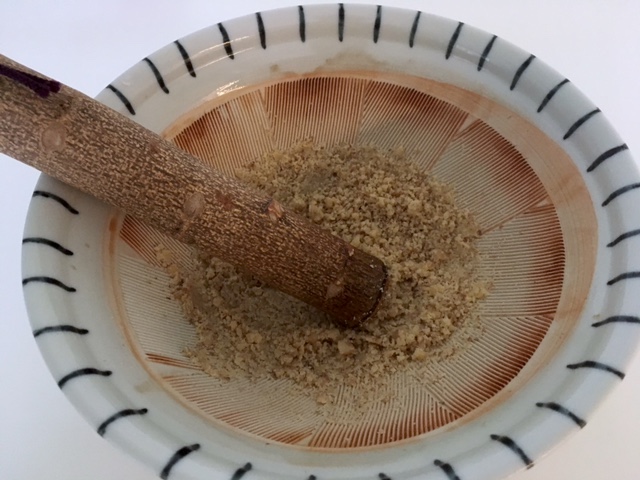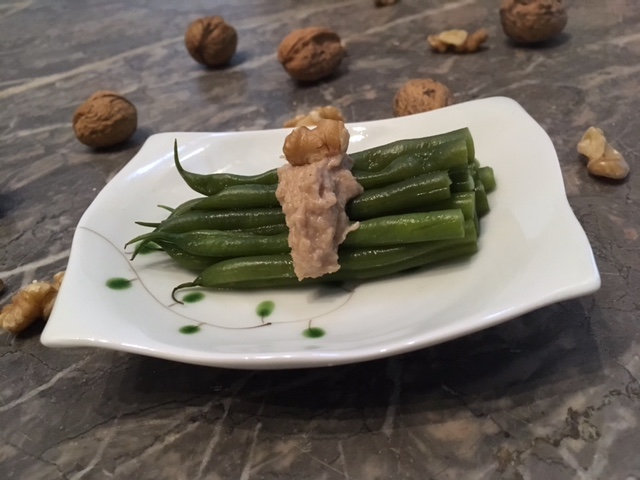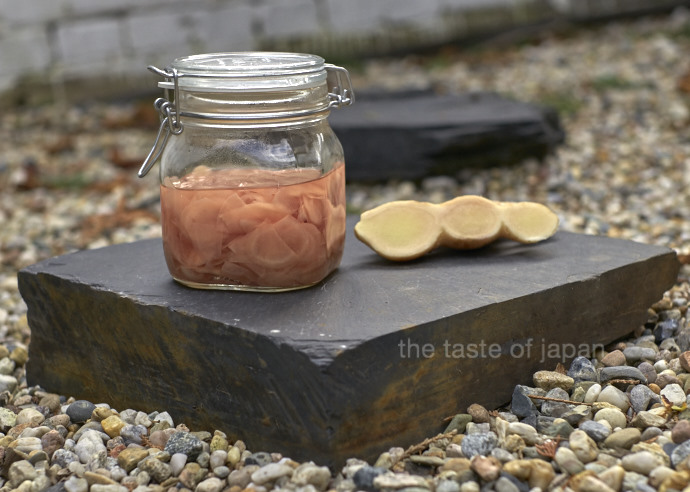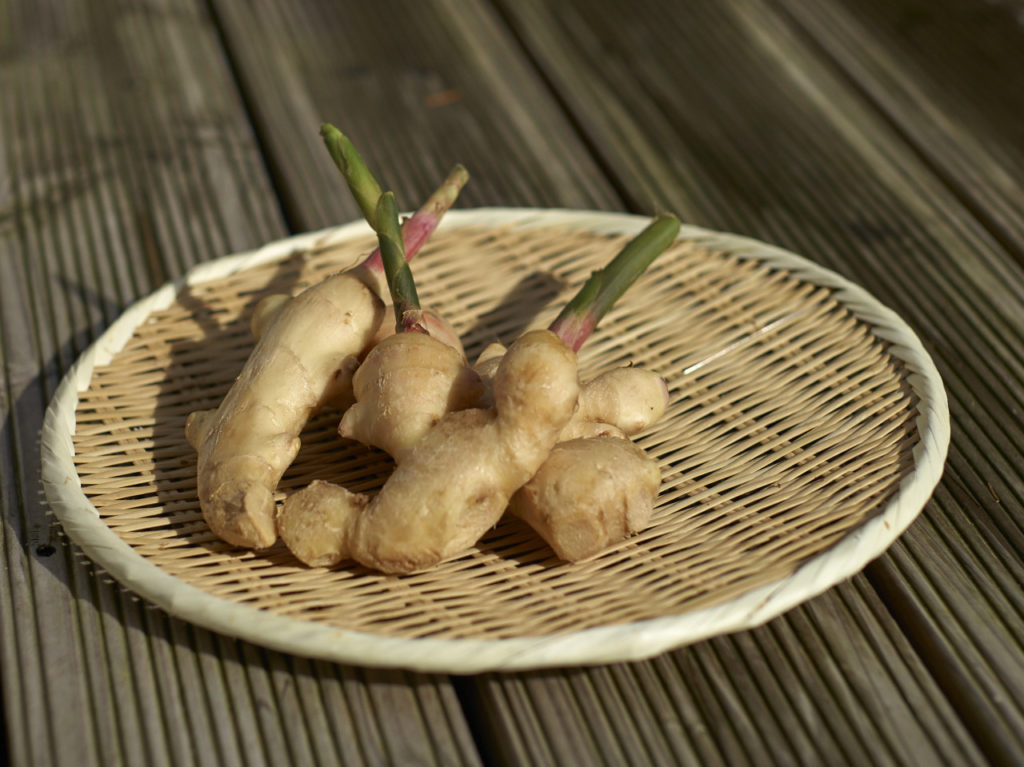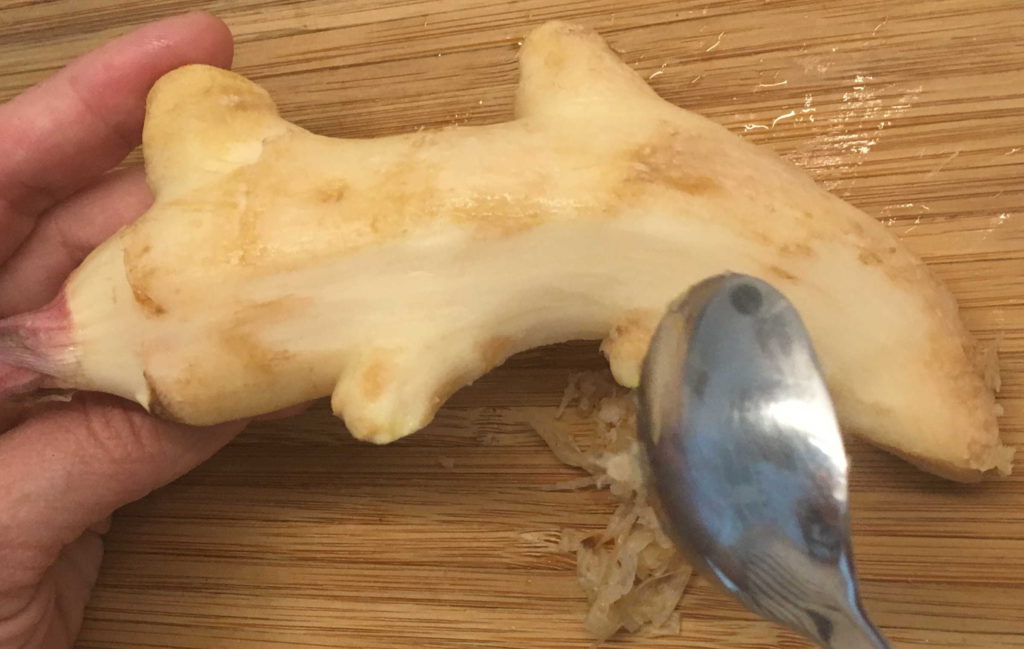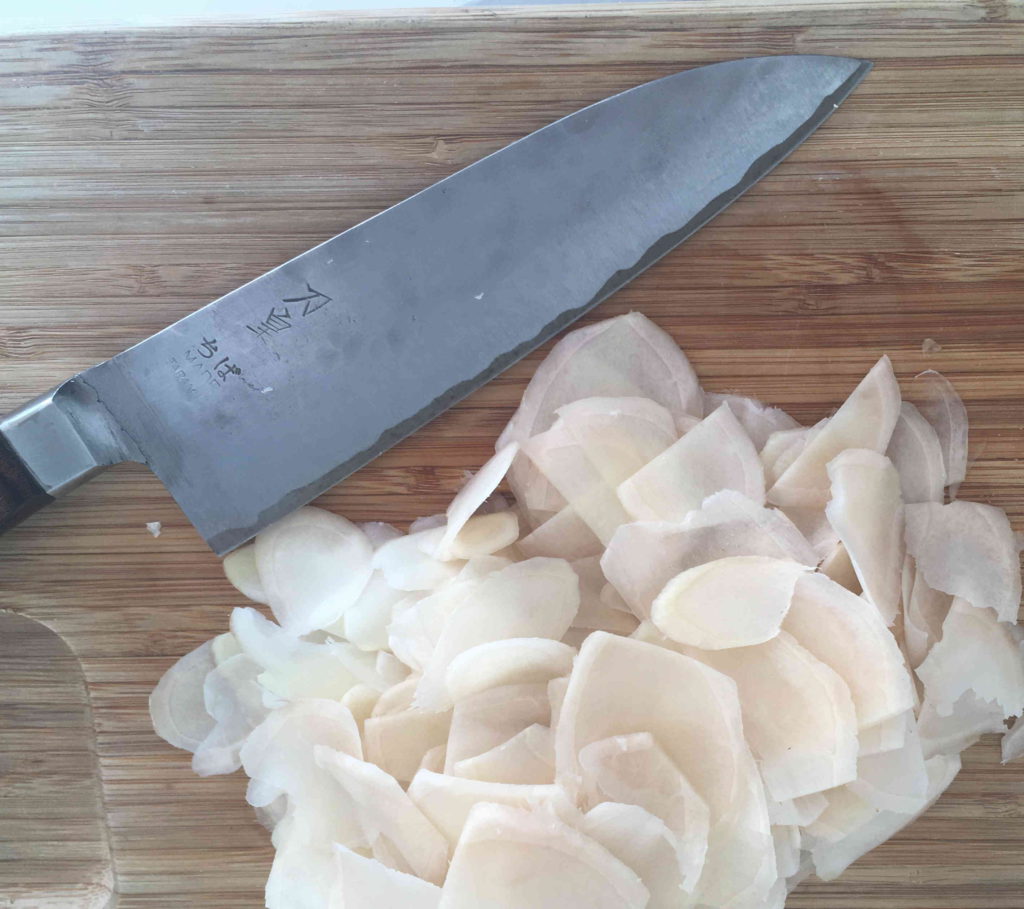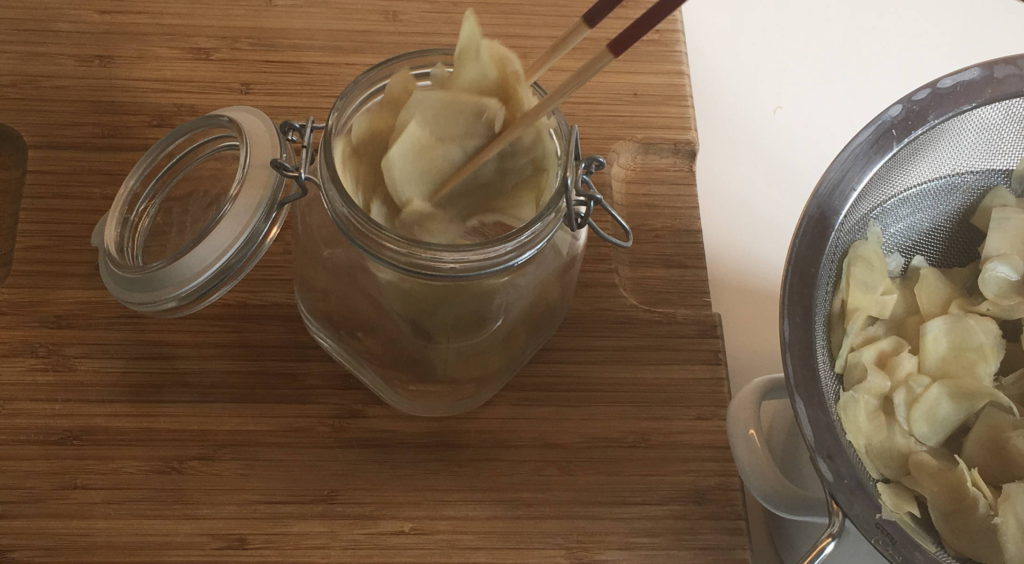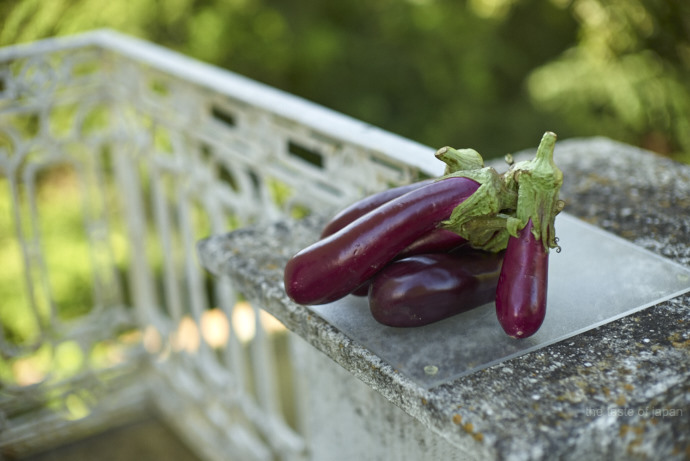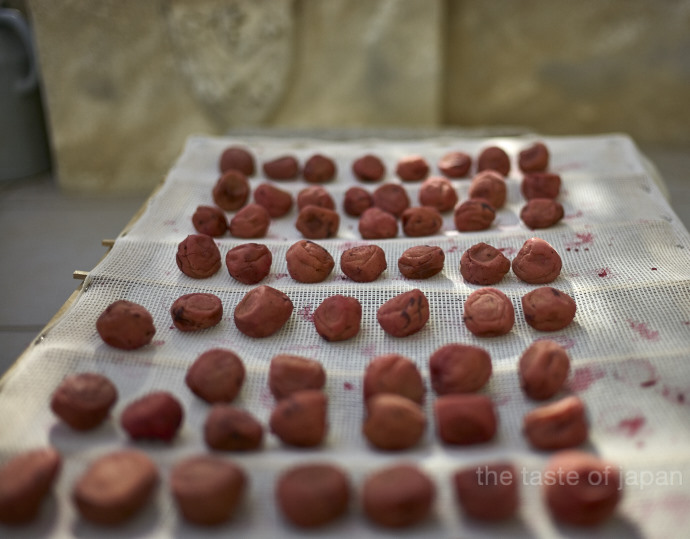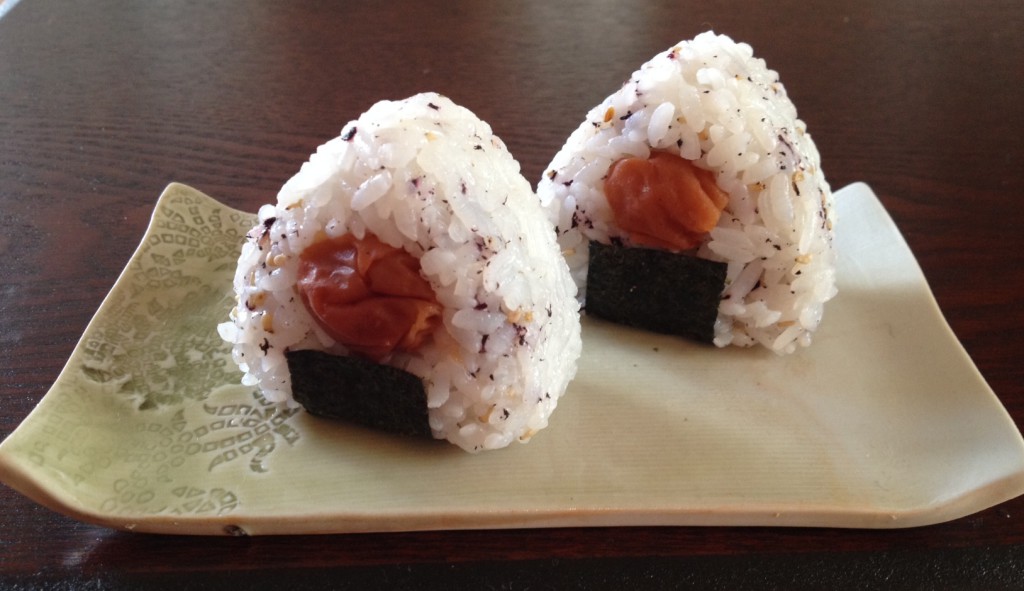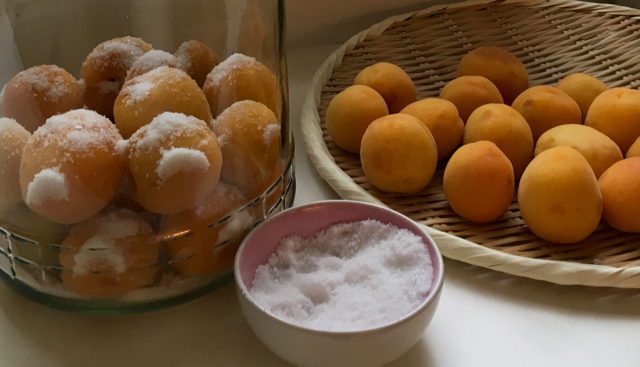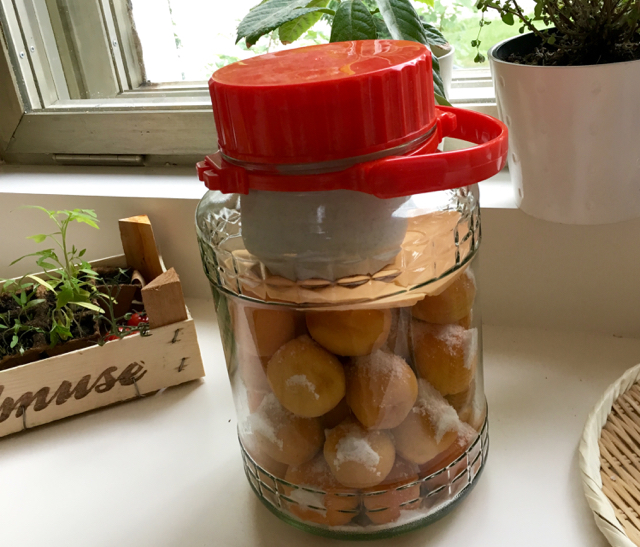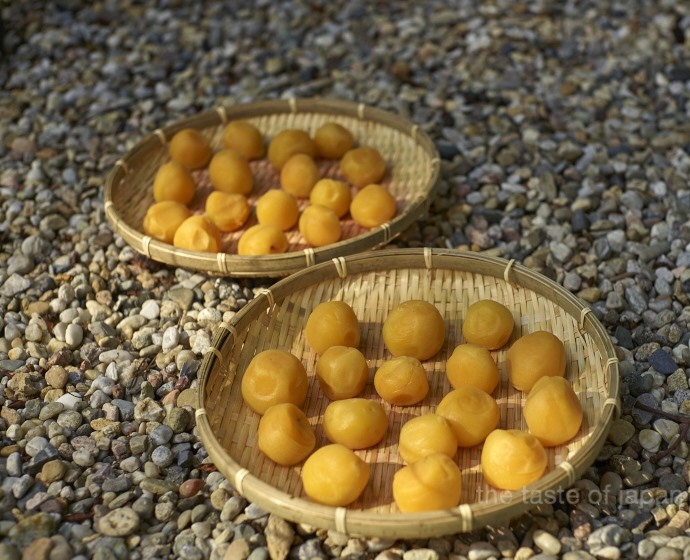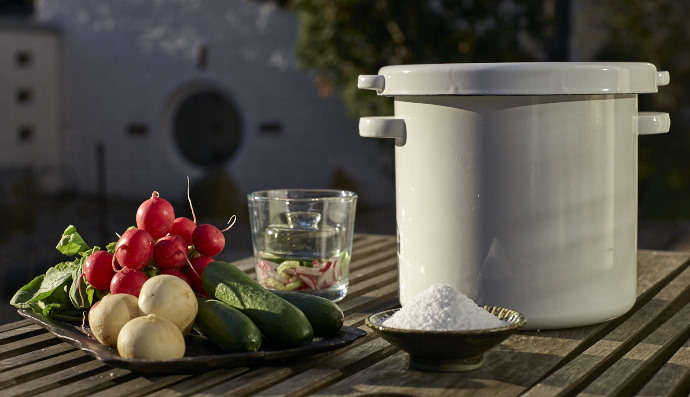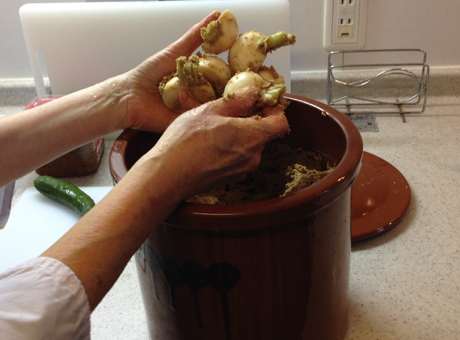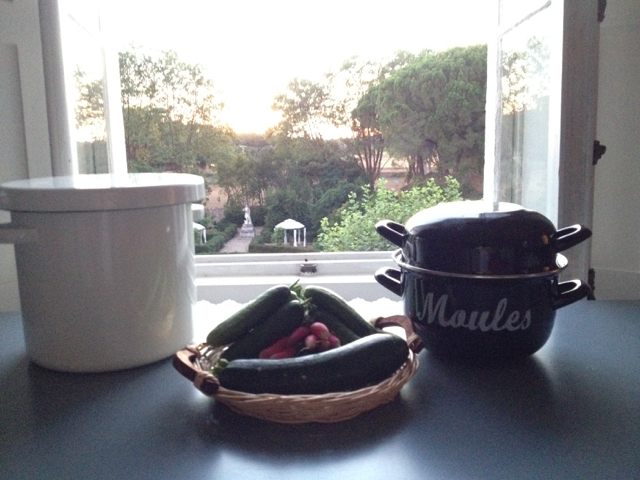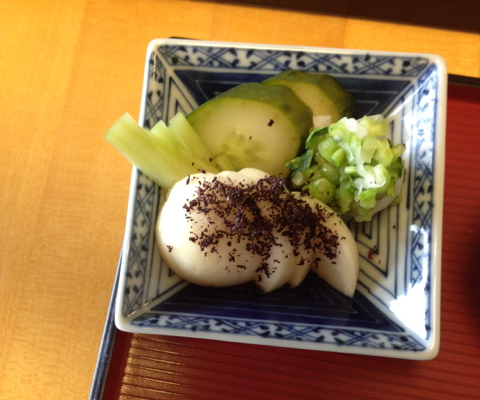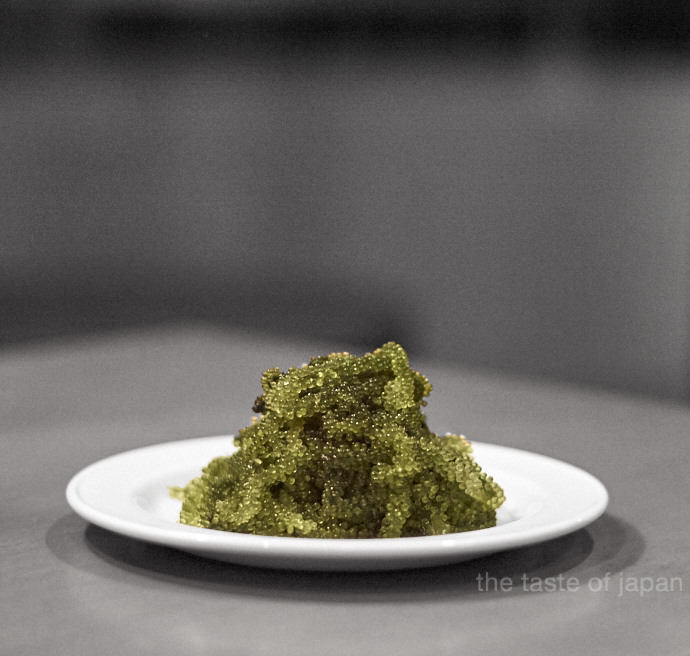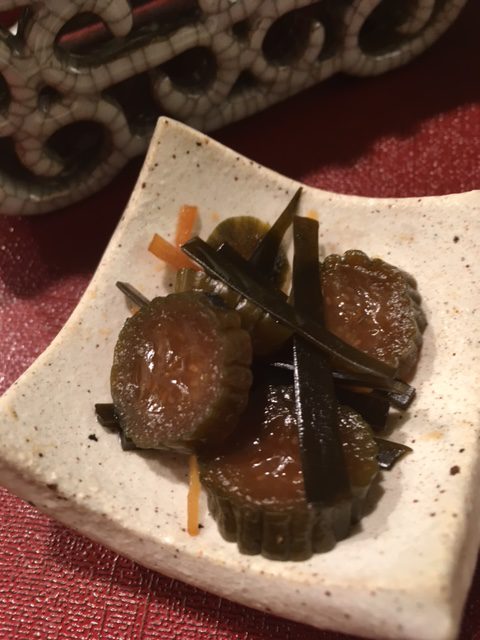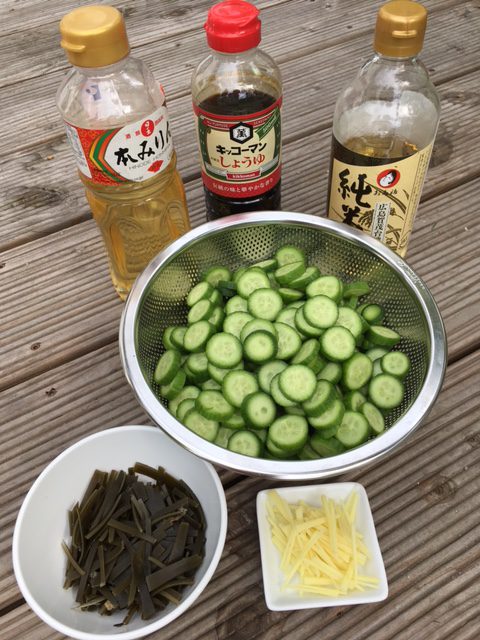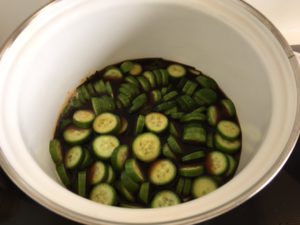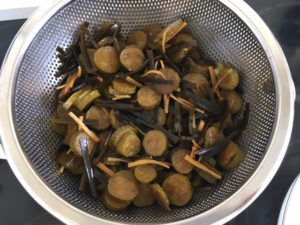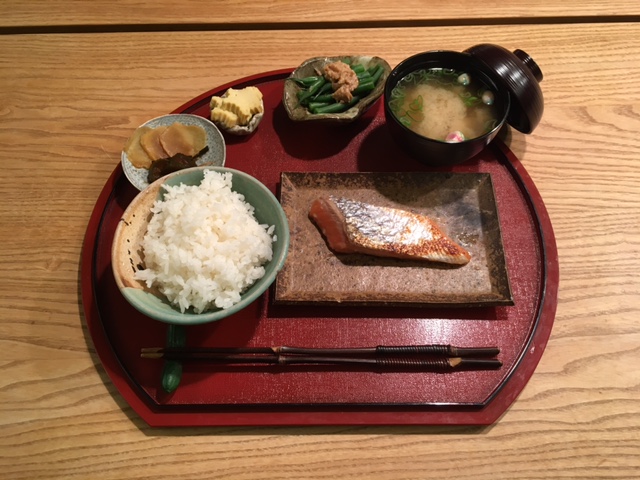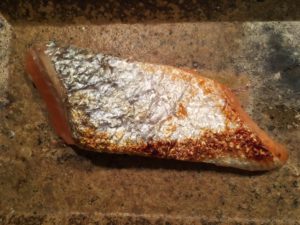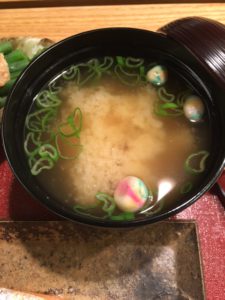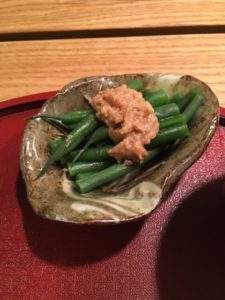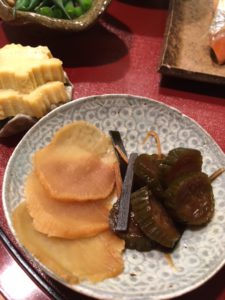The far away sound of crickets is riding on the cool breeze that is coming in from the window next to me. A welcoming refreshing sign of the upcoming fall. I like fall. The golden colors, the rich crops and the turning leaves. I like to watch kids jumping through piles of leaves and joyfully throwing them high in the air. I like the silky touch of shiny, dark-brown chestnuts and the coziness that slowly enters the homes.
 I do look forward to fall, even though I know how much I will miss those long lazy summer days. Days where my girl’s laughter fill the backyard way past sunset, when back-to-school is still far away. Happy-go-lucky days with normal life being on hold. Maybe not always voluntarily, but on hold – for a few weeks only. Living the days without any plans, enjoying the moment. Doing things just because.
I do look forward to fall, even though I know how much I will miss those long lazy summer days. Days where my girl’s laughter fill the backyard way past sunset, when back-to-school is still far away. Happy-go-lucky days with normal life being on hold. Maybe not always voluntarily, but on hold – for a few weeks only. Living the days without any plans, enjoying the moment. Doing things just because.

For many years now we spend this short period of time in Southern France. Far away from the tourists that populate the area at that time of the year we spend sunny days between lavender and plane trees. We play hide and seek in a box tree-labyrinth and pick grapes from the side of the path behind our home.
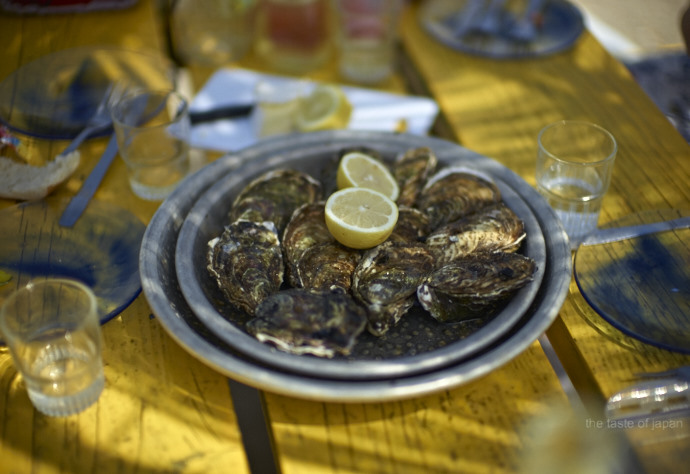 We strive through the nearby harbors and local markets and get inspired by the opulence of colors that pile up appetizingly on each stall, begging us to take them home.
We strive through the nearby harbors and local markets and get inspired by the opulence of colors that pile up appetizingly on each stall, begging us to take them home.

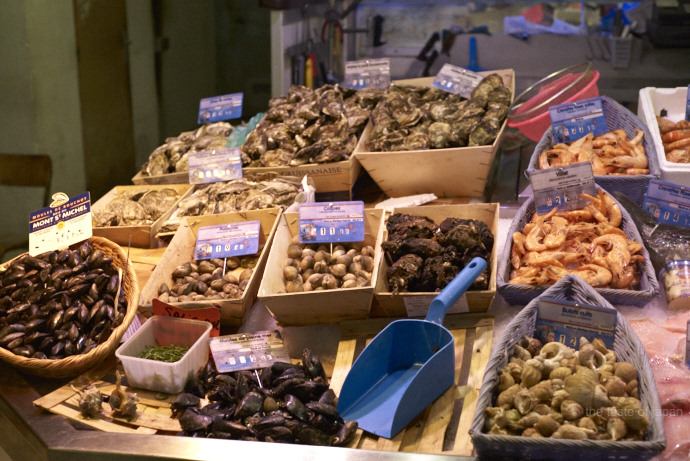
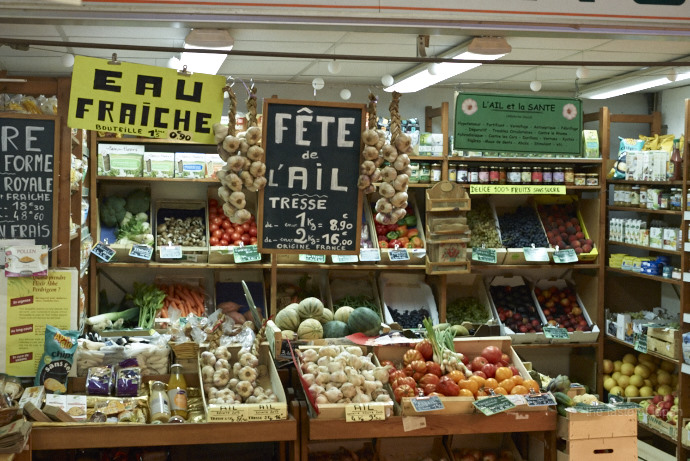
My time is the early afternoon. While the ‘big’ girls play full-throated in the garden I sit next to the open window and listen to the regular breathing of my youngest one taking her nap, regenerating to be able to keep up with the other two until nightfall – or mommy – will force them to stop. Last year I used those moments to make umé boshi (pickled plums). This year I am capturing the summer making sun dried eggplants. Given the intensity of the sun in Southern France at this time of the year and the abundance of fresh eggplants an easy project, promising exciting kitchen experiments in the colder months to come.
Like all Kambutsu (dried products) sun-dried eggplants need to be reconstituted in water before they can be used. When using untreated eggplants the water can serve as a stock (dashi) for further cooking or as a soup. Especially Japan’s temple cuisine (shojin ryori) uses such vegan dashi (e.g. also shiitake-dashi, kampyo-dashi, kombu-dashi) from a single ingredient as well as a mix of different dashis .I must admit this is my first time to experiment with sun-dried eggplants. It might be an old fashioned way of preserving food but maybe it is because of this I am looking forward to give it a try.
Recipe for Hoshinasu (dried eggplants)
Take a few eggplants (however many you like), wipe the surface with a damp cloth and cut them to your liking. As you can see I made two varieties: Thin strips and chunks.
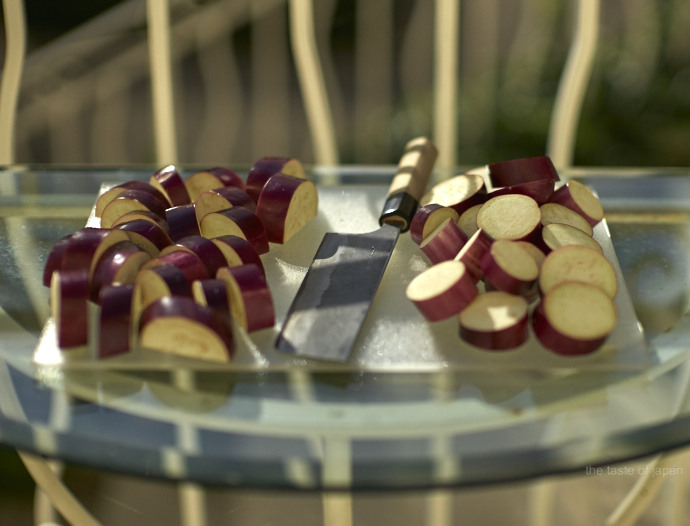
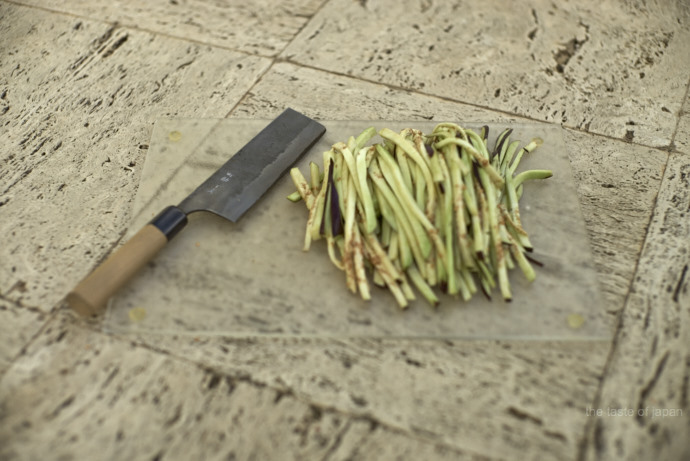 I decided for two widely different cuts to have more options when using them later. Lay the pieces out in the sun on a bamboo basket, rack or any other flat aerated tool (mine was formerly used commercially to dry prunes). The eggplants should not get wet. Neither in the rain nor with the humidity at night. Take them inside if necessary or cover them with a clean cloth, ensuring aeration throughout the entire time to avoid mold.
I decided for two widely different cuts to have more options when using them later. Lay the pieces out in the sun on a bamboo basket, rack or any other flat aerated tool (mine was formerly used commercially to dry prunes). The eggplants should not get wet. Neither in the rain nor with the humidity at night. Take them inside if necessary or cover them with a clean cloth, ensuring aeration throughout the entire time to avoid mold.
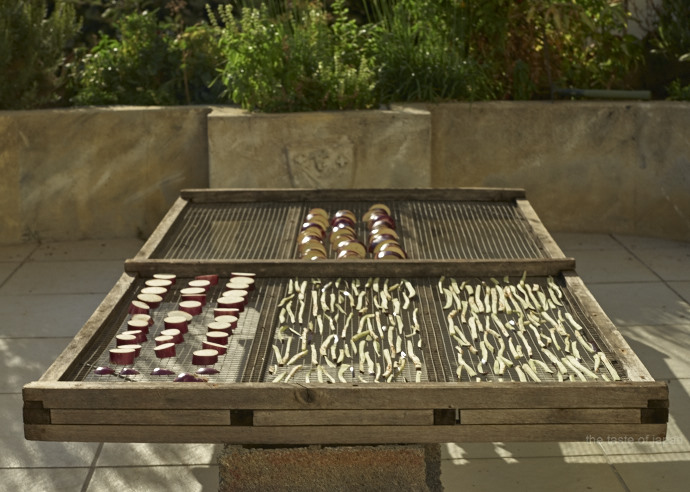
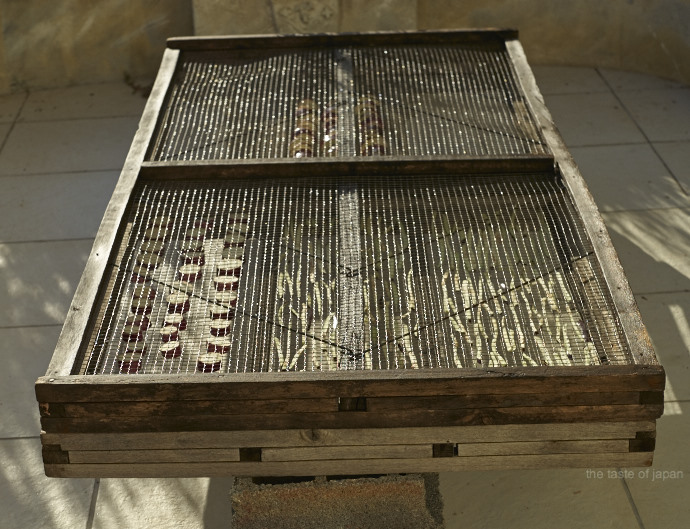 The eggplants are done when they are hard to the touch. The time varies depending on the thickness of your cuts as well as the temperature and humidity. My chunks took a good three days and nights and the julienne were done within two days.
The eggplants are done when they are hard to the touch. The time varies depending on the thickness of your cuts as well as the temperature and humidity. My chunks took a good three days and nights and the julienne were done within two days.
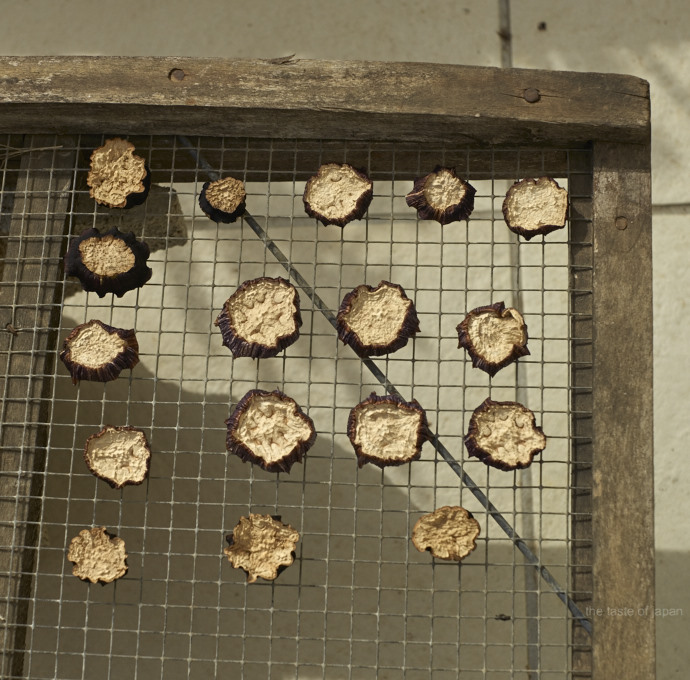
Blog event on pickling, preserving and fermenting
It all started while I was flicking through my old Japanese cookbooks. The granny-style ones where the pictures of the authors remind me of the old yellowed pictures of me as a kid, where my grandma had a similar haircut. I was looking for an inspiration what recipe would be a good idea to share in Anika’s blog roll. ‚Vergissmeinnicht-Rezepte einer Floristin’ is Anika’s blog which she started to preserve the old family recipes. That’s why her blog translates to forget-me-not, recipes of a florist, combining her education as a florist with her passion as a cook. With ‚Kulinarisch auf Vorrat’ – which translates into culinary preserving – she asked 15 bloggers to share their recipes for pickling, preserving and fermenting. A wonderful potpourri of ideas how to capture the summer before it disbands for this year.

When I got the email that it would be nice to chip in a tsukémono-recipe, I didn’t need to think twice. Tsukémono is definitely one of my soft spots. Ever since my first encounter with Elizabeth’s nuka-pot, I am fascinated by the way the Japanese way of preserving, pickling and fermenting. Soon afterwards a nuka-pot became a member of our family and travels with us wherever we go. My girl’s eyes spark in delight when I serve them takuan (giant radish pickled in nuka for several months). If I top this with a bit of Yukari infused rice (dried shiso leaves from making umé boshi) and a miso soup I instantly have three happy girls.
For the blogevent I decided in favor of a classic pickle recipe. Sun-dried eggplants would be far too easy, plus the German summer this year would make it next to impossible. Takuan is pretty advanced, but more than that it cannot be done in small portions, so not really suitable either. In the end I decided in favor for an all-time-classic: Gari (pickled ginger).
Stay tuned for instructions on what you need to do to get pink ginger without any additives and color enhancements.
